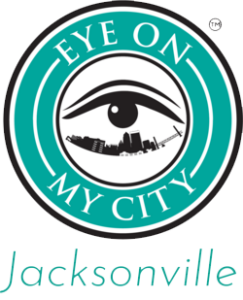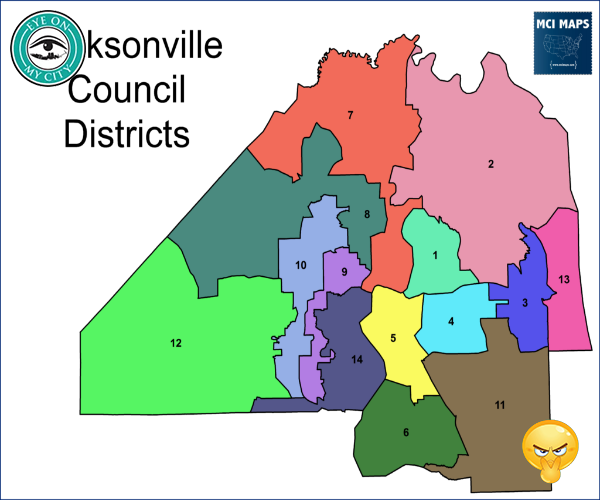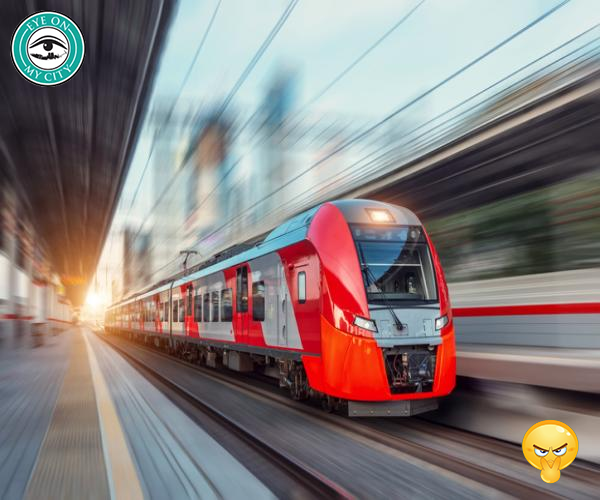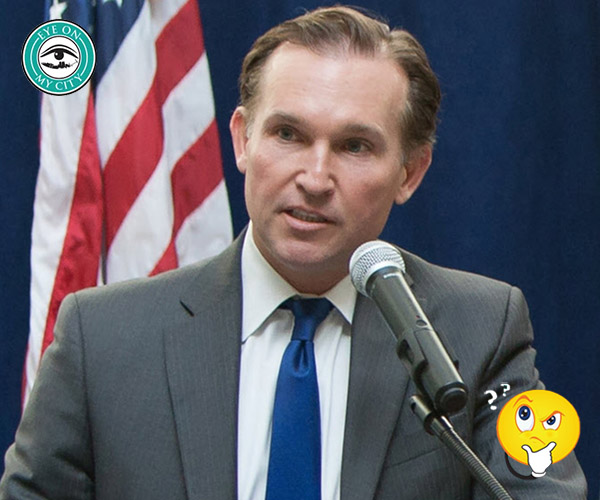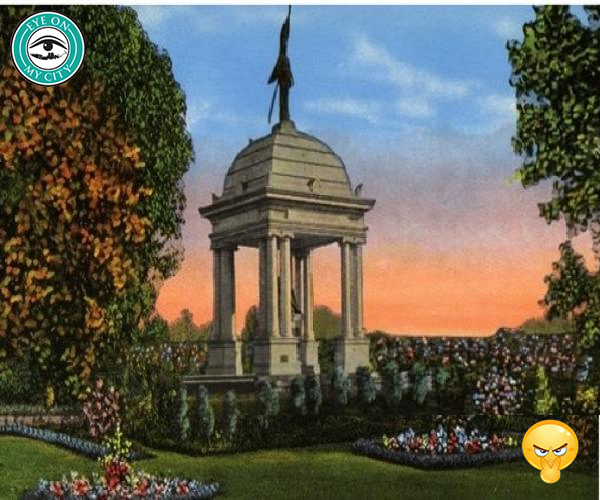
Mass transit fans may have been dismayed when funding for the Skyway was diverted to a new fad, but they shouldn’t fear – bad projects almost never die.
The Skyway dates to 1972, when mass transit enthusiasts discovered the federal government was throwing away money on the latest and greatest thing – essentially a newer version of elevated trains that had been operating since the 19th century.
The theory was that it would reduce traffic downtown, and since the federal government was paying the capital costs all the local taxpayers would bear would be the operating costs.
In the mid-1980s, the city finally got $23 million from the feds and started with a line of less than a mile. Over the years it was extended to 2.5 miles, but never the 4 miles originally envisioned.
Planners assumed people would be happy to drive to stations a few blocks from downtown, park their cars, hop aboard a train and travel the rest of the way.
They were not.
It was estimated 100,000 people would ride it every month, which would be 1.2 million rides a year. It never came close. Ridership was almost nil until the Jacksonville Transportation Authority threw in the towel in 2012 and dropped fares. Even with free rides, it gets few riders. JTA claims 5,000 daily on average, but we would take that with a grain of salt.
Three “people movers,” as they originally were called, were built; the Skyway and other versions in Miami and Detroit. Only the one in Miami has had any success, and that is because of geography and population density.
Not all local politicians are thrilled with mass transit today. They consider it a legacy they can’t shake. It would take $100 million to get rid of the Skyway. Recently, the City Council voted to shift $132 million from the Skyway to another dubious project, called the Emerald Trail. The Skyway rescue still has $247 million allocated.
En route to this dead end, the original concept of cars on a roadway was changed to a monorail. The “new” thinking is to change it back.
Essentially, the latest plan is to run buses without drivers on the elevated track and have entrances and exits to ground level, extending the system’s reach to 10 miles.
They call this U2C, which stands for “Ultimate Urban Circulator” or perhaps “Utterly Useless Conveyance,” depending on your point of view.
Like the rest of the bus system, it undoubtedly will cost a lot and do little to reduce auto traffic.
Polls usually show support for mass transit. Eye on Jacksonville attributes that to people hoping everyone else will ride buses so there will be less traffic — and thus more room for them to drive their own ultimate urban circulators, made by Lexus.
To buttress this theory, we note that most mass transit fans are liberals and liberals are notorious for wanting others to do what the liberals do not want to do.

